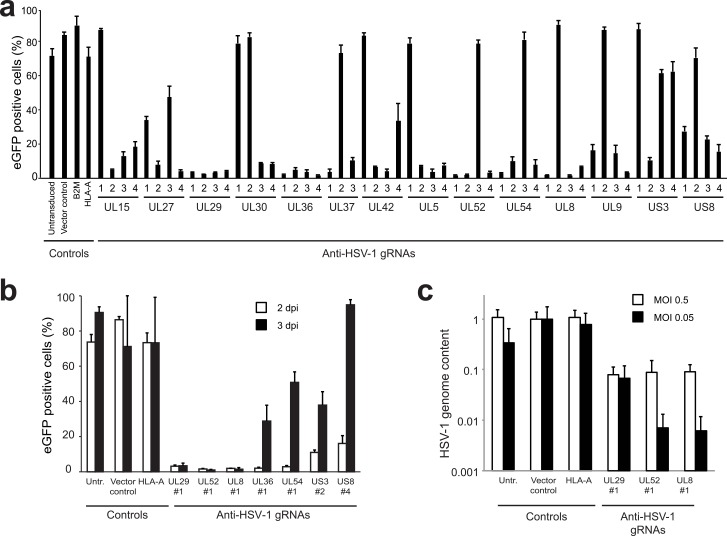Fig 5. Anti-HSV-1 gRNAs impair HSV-1 replication.
a) Vero cells were transduced with the indicated gRNAs and subsequently infected with HSV-1-eGFP at an MOI of 0.05. To assess the percentage of virus-infected cells, eGFP-expression was analyzed by flow cytometry at 2 dpi. Four gRNAs/gene targeting twelve essential HSV-1 genes and two non-essential genes (US3 and US8) were assessed. As controls, empty vector-transduced cells and gRNAs targeting the human genes HLA-A and B2M are presented. b) Prolonged inhibition of HSV-1 replication by gRNAs targeting essential genes UL8, UL29, and UL52. Select gRNA-expressing cells from a) were monitored for HSV-1-eGFP presence at 2 and 3 dpi. c) Indicated gRNA-expressing cells were infected with HSV-1-eGFP at MOI 0.5 or 0.05 and the amount of HSV-1 viral genomes present in the supernatant was assessed by qPCR at 4 dpi. The relative HSV-1 genome content was normalized to supernatant harvested from cells transduced with vector control. For all bar diagrams, measurements for triplicate experiments are presented + STD.

